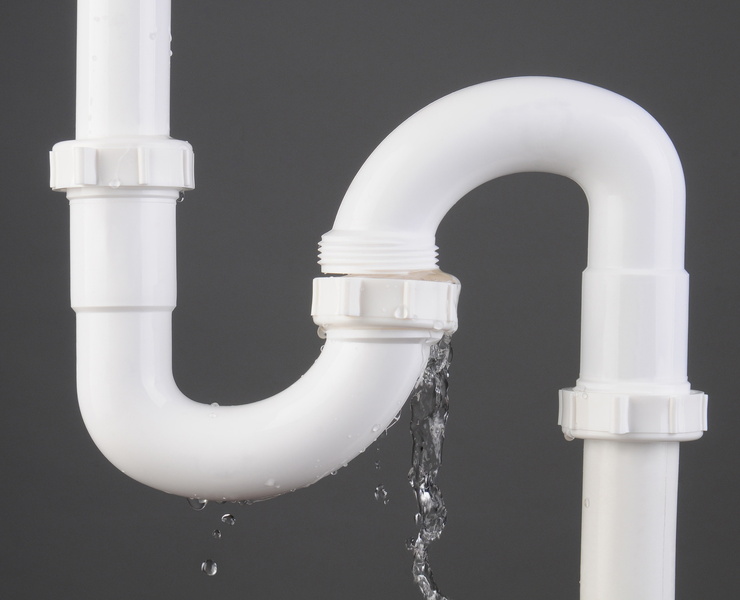Exactly how to Inspect If Your House Has a Covert Leak
Exactly how to Inspect If Your House Has a Covert Leak
Blog Article
We have found this article on Finding hidden leaks down the page on the internet and reckoned it made perfect sense to write about it with you here.

Early detection of leaking water lines can minimize a possible disaster. Some little water leaks might not be visible.
1. Check Out the Water Meter
Every home has a water meter. Examining it is a guaranteed manner in which helps you uncover leaks. For starters, switch off all the water sources. Make sure no one will purge, make use of the faucet, shower, run the cleaning equipment or dishwasher. From there, go to the meter and also watch if it will certainly change. Considering that no person is utilizing it, there should be no movements. If it moves, that suggests a fast-moving leakage. Likewise, if you discover no changes, wait an hour or more as well as inspect back once again. This means you might have a slow-moving leak that can even be below ground.
2. Examine Water Usage
If you find abrupt changes, regardless of your consumption being the exact same, it suggests that you have leaks in your plumbing system. An unexpected spike in your costs indicates a fast-moving leak.
A stable boost every month, even with the same practices, shows you have a slow leakage that's additionally gradually intensifying. Call a plumber to completely check your residential property, particularly if you feel a warm location on your floor with piping underneath.
3. Do a Food Coloring Examination
30% comes from bathrooms when it comes to water consumption. Examination to see if they are running appropriately. Drop flecks of food color in the container as well as wait 10 mins. If the color in some way infiltrates your bowl throughout that time without flushing, there's a leak in between the storage tank and also bowl.
4. Asses Exterior Lines
Do not fail to remember to check your exterior water lines as well. Should water permeate out of the connection, you have a loosened rubber gasket. One small leakage can squander loads of water and also spike your water costs.
5. Examine and also Evaluate the Scenario
House owners should make it a practice to examine under the sink counters and even inside cupboards for any kind of bad odor or mold and mildew growth. These two warnings show a leakage so prompt attention is needed. Doing routine examinations, also bi-annually, can save you from a major problem.
Inspect for discolorations and also deteriorating as a lot of pipelines as well as home appliances have a life expectations. If you think dripping water lines in your plumbing system, do not wait for it to escalate.
Early discovery of dripping water lines can alleviate a possible catastrophe. Some small water leakages might not be visible. Examining it is a guaranteed method that helps you find leakages. One tiny leak can squander bunches of water and spike your water bill.
If you think leaking water lines in your plumbing system, don't wait for it to intensify.
WARNING SIGNS OF WATER LEAKAGE BEHIND THE WALL
PERSISTENT MUSTY ODORS
As water slowly drips from a leaky pipe inside the wall, flooring and sheetrock stay damp and develop an odor similar to wet cardboard. It generates a musty smell that can help you find hidden leaks.
MOLD IN UNUSUAL AREAS
Mold usually grows in wet areas like kitchens, baths and laundry rooms. If you spot the stuff on walls or baseboards in other rooms of the house, it’s a good indicator of undetected water leaks.
STAINS THAT GROW
When mold thrives around a leaky pipe, it sometimes takes hold on the inside surface of the affected wall. A growing stain on otherwise clean sheetrock is often your sign of a hidden plumbing problem.
PEELING OR BUBBLING WALLPAPER / PAINT
This clue is easy to miss in rooms that don’t get much use. When you see wallpaper separating along seams or paint bubbling or flaking off the wall, blame sheetrock that stays wet because of an undetected leak.
BUCKLED CEILINGS AND STAINED FLOORS
If ceilings or floors in bathrooms, kitchens or laundry areas develop structural problems, don’t rule out constant damp inside the walls. Wet sheetrock can affect adjacent framing, flooring and ceilings.
https://www.servicemasterbyzaba.com/blog/how-to-detect-water-leakage-in-walls/

I stumbled upon that piece on Locating water leaks while exploring the search engines. Do you know about another person who is in the market for Detecting hidden plumbing leaks? Take a moment to share it. I love reading our article about Top leak detection hacks.
Report this page